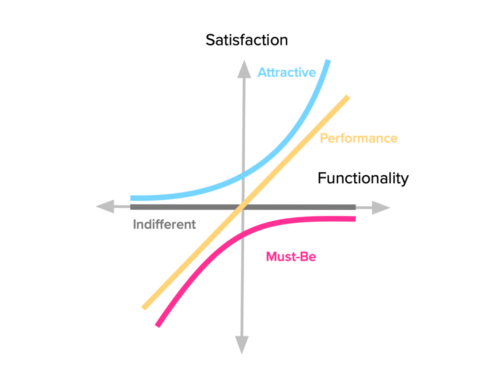
The next 3 tips for conducting remote research will help you avoid any errors in your test plan, saving you the time and hassle of having to re-do faulty research.
1. Have a plan
Have an Intro Prepared & Brief the participants
Introduce who you are and the reason they are being interviewed. Help them understand that their identity or information will not be shared with any 3rd parties. It is also crucial to outline that there are no wrong or right answers when they are completing the study, honest, candid feedback is them most effective method. If you are recording the session, make sure you make this clear and agreeable before they begin.
Create Templates
To help expedite the research process, it’s always beneficial to create templates to base your user research process from. These can range from user research intro outlines, questionnaire templates, follow up templates and data collection templates.
Recruit participants
This can be the trickiest since it is the most effective to use actual users of the projected demographic. This way you can collect real data that is highly useful and not fake data that does not align with your actual user. A lot of user testing platforms offer to recruit users for you such as usertesting.com or optimalworkshop.com at a fee. Otherwise you can recruit users by tapping into your clients email database or use a 3rd party recruiting company. Testing superusers, fellow work mates or friends could end up flawing your results, leaving the raw data biased and inaccurate.
2. Keep it simple
Position questions in a simple way
Make sure your test participants understand what you’re asking them to do. This is important for measuring task success. If you are going to ask respondents to self-report on whether they successfully completed a task, it’s imperative that you set them up in an appropriate scenario and following tasks.
Don’t lead them on
The way you word the question can skew your test participant’s responses. Be careful to keep your questions neutral and non-biased.
Bad example: “How much do you love this app?”
Good example: On a scale of 1-5 (1=Strongly Recommend, 5=Not recommend at all), how likely would want to use this app?
Ask one question at a time
In general people are doing this in their spare time for a small incentive. Make it quick, effective, interesting and tailored to them to keep answers candid and engaged.
Prioritize questions at hand
Take a deep look at your questions, are they all necessary? Are you asking the same questions but in a different way? Do’t be afraid to cut content if it allows the user to engage quicker.
3. Test before you launch
Run a simple pilot study to check for errors
It’s always a good idea to test before launch to scan for inefficiencies. Send it to a couple workmates to get their eyes and opinions on it. Make sure you recruit to include the first participant as a pilot study to gauge quality of the study itself. Make following changes if needed before you officially launch the study, otherwise all relative data received could be flawed and disregarded.










Leave A Comment